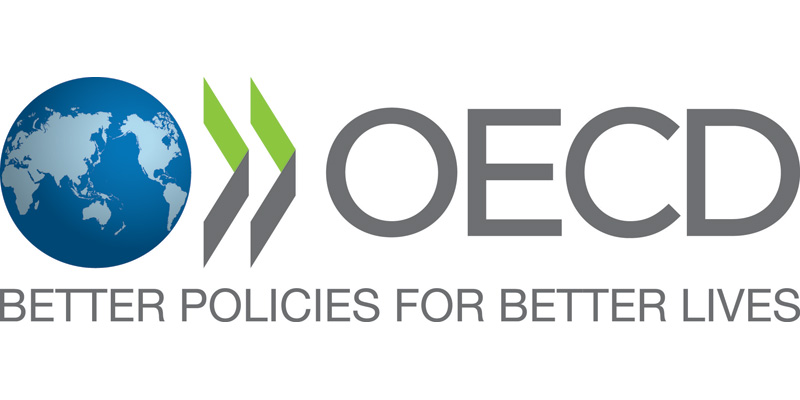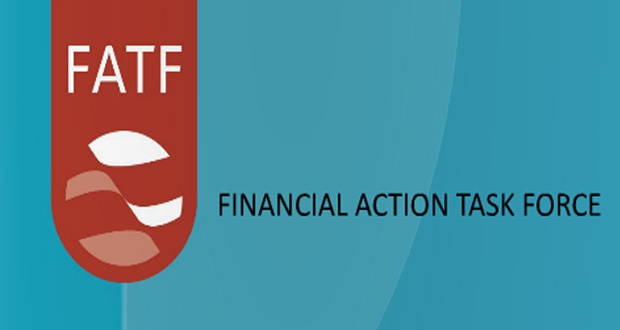Chapter 10 EU and OECD

10.1 Europe
Europe, a region with a long history of conflict, reinvented itself after World War II. It worked to create a lasting peace through economic and political integration, culminating in the European Union. Europe is known for its high living standards, given its wealth, promotion of human rights, commitment to social spending, and widespread democracy. The GDP of the European Union is the world’s second-highest, behind just the United States. Today, however, European institutions are being tested, as Europe navigates a series of challenges: mass migration, globalization, rising inequality, financial turmoil, terrorism, and a resurgent Russia. The world will watch how Europe responds.
An overview of Europe: https://www.youtube.com/watch?v=DkbRTT-SN6o
People and Society
Europe has a reputation for its high living standards, given its wealth, promotion of human rights, commitment to social spending, and democratic institutions. On average, European Union (EU) residents earn more than three times the global average. Most countries in Europe have universal health coverage, which has helped increase the average life expectancy. And European women experience high levels of gender equality. The region also boasts literacy rates well above the global average and has a long history of providing public education. Politically, there are major concerns about democratic backsliding in Hungary and Poland, and outside the EU there are autocratic outliers like Russia and Turkey. But on the whole, most of Europe is still considered free, with longstanding democratic institutions and some of the oldest parliamentary systems in the world.
Europe grapples with migration since WWII;
Terrorist attacks and migration crisis reshape European society;
Security challenges threaten EU’s promise of free movement (the free movement of people is a core EU value, along with the free movement of labor, capital, and goods.)
Cost of going gray: Europe’s aging challenge
Religious diversity increases, secularism finds challenges Schengen Area, signifies a zone where 26 European countries, abolished their internal borders, for the free and unrestricted movement of people, in harmony with common rules for controlling external borders and fighting criminality by strengthening the common judicial system and police cooperation.
10.2 EU (Brussels, Belgium)
The European Union (EU) started as an economic partnership with a political goal—to maintain peace—and it has succeeded in achieving its initial aims. The regional rivalries and great-power dynamics that successive wars have been mostly dormant, to the benefit of Europeans and others. But how the EU navigates modern challenges—like migration, climate change, the fallout from the 2008 financial crisis, and domestic politics—remains an open question.
What the EU actually is?
The EU is an economic and political union, created with the goal of promoting peace, security, and prosperity on the continent. It is made up of departments that are similar to the executive, legislative, and judicial branches in the United States, but it is certainly not the United States of Europe, as some of the Coal and Steel Community designers once hoped for. Instead, its political structure is somewhere between that of the United Nations, in which countries are the main decision-makers, and the United States, where a collection of states operates with some autonomy under the clear authority of a federal government. Some of the decision-making bodies comprise people directly elected to serve in the EU; others are led by the heads of state of EU member countries. With a budget of roughly 170 billion euro, the EU creates rules governing farm subsidies, trade agreements, and data privacy, among others. A range of opinions exists about the direction the EU should take: enthusiasts seek more integration and push for an even stronger EU; Eurosceptics, meanwhile, are wary of transferring too much power from independent countries to a supranational body.
2015 Migration Crisis Tests EU’s Asylum Policy
In 2015, more than one million migrants entered Europe, and the influx—the largest migration of people since World War II —sparked a political crisis that put the EU’s asylum policy to the test. Since many of those who arrived in 2015 were refugees fleeing the Syrian civil war, European countries were bound by an EU rule called the Dublin Regulation, which requires refugees to apply for asylum in the country they first enter. But the common asylum policy quickly fell apart as countries started taking unilateral action. Italy, on the front line of the crisis, began turning away life boats operated by refugee aid groups. Financially struggling Greece and Hungary, along with Italy, stopped enforcing the Dublin Regulation and allowed migrants to pass through to wealthier countries like Germany and Sweden, which approved the vast majority of asylum applications. The EU tried to order other countries to take in additional refugees to help share the burden, but it was largely powerless to enforce a quota system.
How not being in the EU works
As much as the EU frames the region’s politics, there are still twenty-two European countries outside the EU. Some countries, such as Serbia and Montenegro, want to join and are trying to meet the requirements for EU membership, like proving they have stable democratic institutions and functioning financial sectors. Others, like Russia and Azerbaijan, have no intention of joining. But the need to work with the EU is an unavoidable reality in the region. Most European countries that are not EU members have treaties with the EU that facilitate trade, and some participate in certain EU agreements. Norway, for example, has nearly full access to the EU market and faces few trade restrictions. In exchange, Norway contributes to the EU budget and has to comply with certain EU rules—but has no say in how those rules are created.
EU institutions and bodies:
European Commission: executive organ and bureaucracy of the EU; represents the common EU interest; has direct regulatory power within member states on may issues;
European Parliament: directly elected by EU citizens; represents the people of Europe; has authority of “co-decision” with the Council
Council of the European Union: comprised of ministers from all EU members, representing their governments; represents the national governments; the EU’s main decision-making body
Court of Justice: judicial authority of the EU; hears cases on whether member states and the European institutions are acting properly within EU law
10.3 Institutions and legal framework
A set of linked inter-state institutions, an idea about the meaning of “Europe”, a collection over overlapping treaties, and a system of distributed authority among local, national, and supranational levels.
The Lisbon Treaty of 2009
The Maastricht Treaty of 1992
The Rome Treaty of 1957
EU authorizes the institutions of the EU to make rules that are directly enforceable in the member states (at least, on many topics of policy).
REMOVE the state from the decision chain (on some but not all issues).
For good and services, the EU represents a single economic market, unified in the sense of having no internal barriers to movement and a single external tariff (and no internal tariffs).
Hypothesis: freeing market actors from some border restrictions will improve overall welfare by allowing firms to find ways to reduce inefficiencies in production and distribution.
10.4 OECD

Organization for Economic Cooperation and Development
Council: oversight
OECD: A global forum- “together we create better policies for better lives”
The OECD brings together Member countries and a range of partners that collaborate on key global issues at national, regional and local levels. Through our standards, programmes and initiatives, we help drive and anchor reform in more than 100 countries around the world, building on our collective wisdom and shared values.
The OECD work on establishing international norms and finding evidence-based solutions to a range of social, economic and environmental challenges.
Organization for Economic Cooperation and Development (36 members as of 2020)
Who drives the OECD’s work?
Council: oversight and strategic direction-representatives of member countries and of the European Commission; chaired by the Secretary-General; decisions taken by consensus.
Committees: discussion and implementation-representatives of member countries and of countries with Observer status work with the OECD Secretariat on specific issues.
Secretariat: analysis and proposals-Secretary-General Deputy Secretaries-General Directorates.
Member countries engage with our experts, use our data and analysis to inform policy decisions, and play a key role in our country reviews, which are designed to encourage better performances. The European Commission participates in our work, but it does not have the right to vote.
The OECD accession process:
The OECD accession process has become increasingly rigorous over time, reflecting the growing expertise of the Organization, the increasing number of legal instruments adopted, and the demonstrated value of providing candidate countries with a more thorough assessment of their policy framework to encourage reforms.
Key partners: Brazil, China, India, Indonesia, and South Africa
The OECD countries and key partners represent about 80% of world trade and investment.
10.5 FATA

The secretariat of the Financial Action Task Force (FATF), which is an independent inter-governmental body established by the G7 in Paris in 1989, is hosted by the OECD.
FATF is the global money laundering and terrorist financing watchdog.
It researches how criminals launder money and terrorists raise and access funds. It sets global standards to mitigate those risks;
It assesses and oversees the assessment of the action taken by more than 200 jurisdictions;
And it provides training and support to officials for those jurisdictions.
The Financial Action Task Force (on Money Laundering) (FATF), also known by its French name, Groupe d’action financière (GAFI), is an intergovernmental organization founded in 1989 on the initiative of the G7 to develop policies to combat money laundering.[2] In 2001, its mandate was expanded to include terrorism financing.